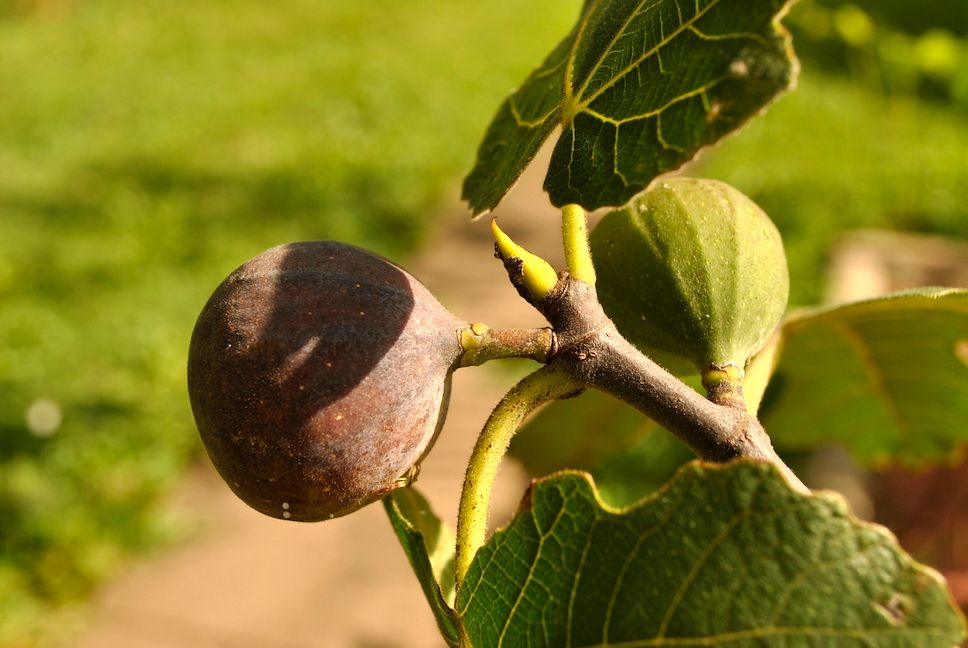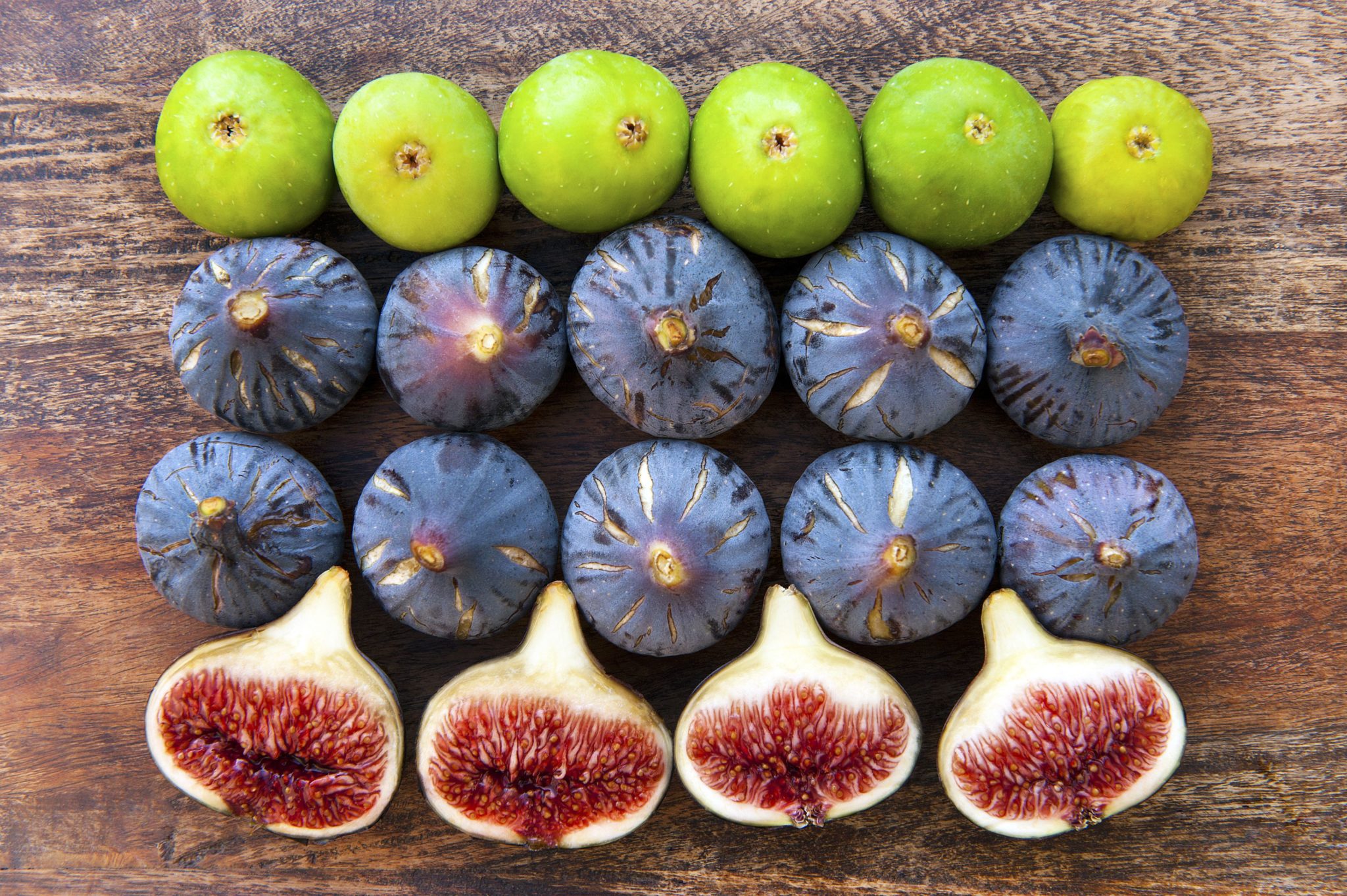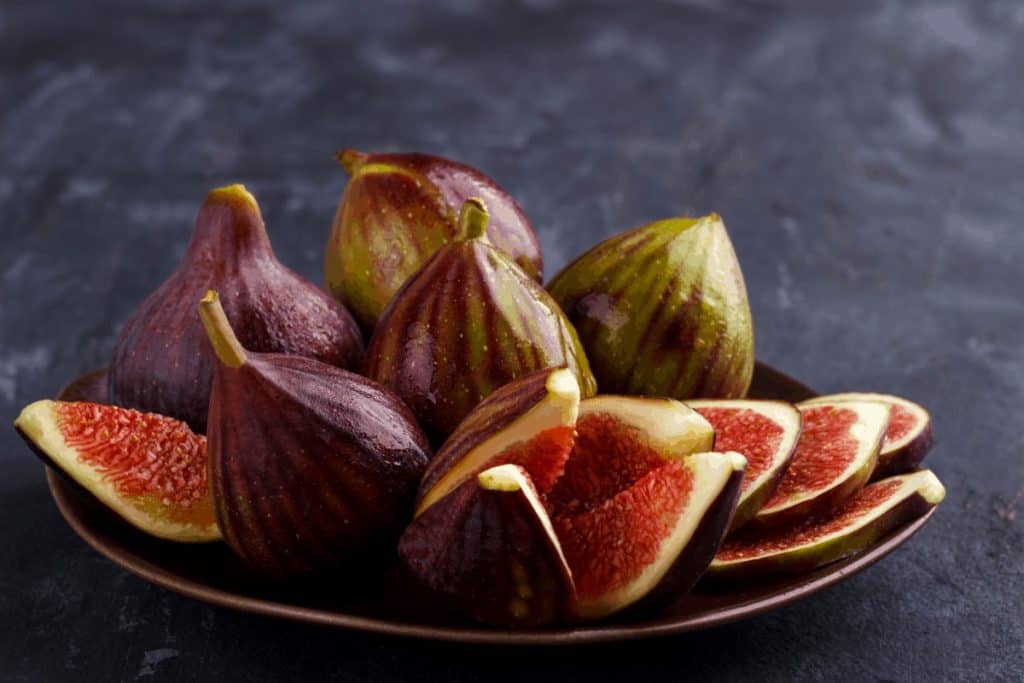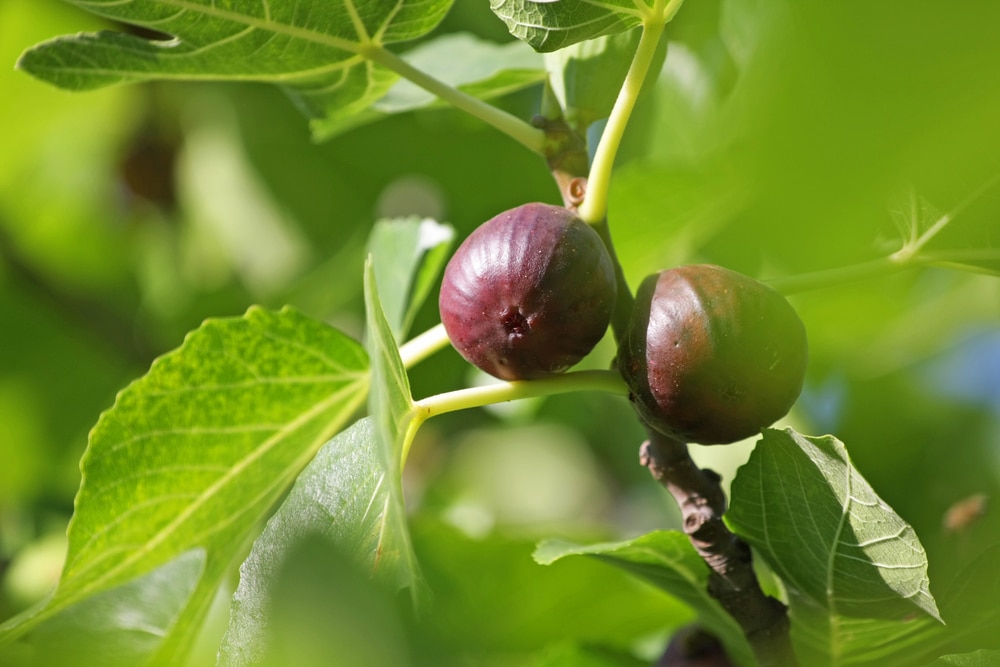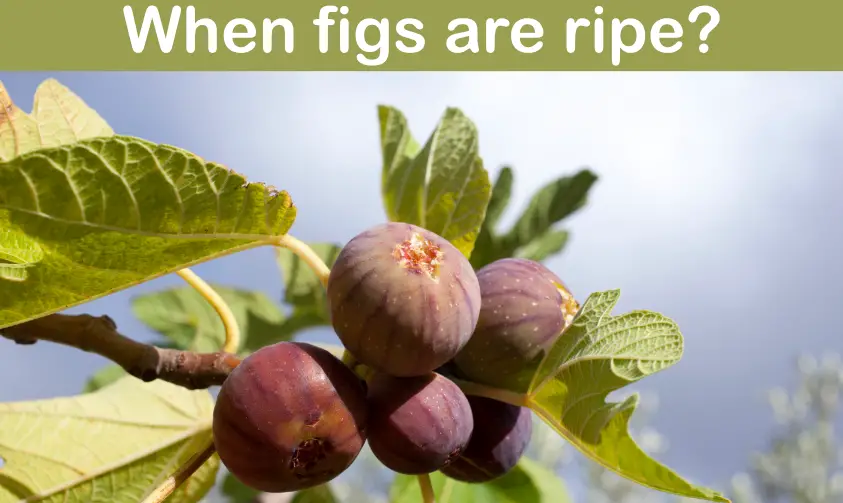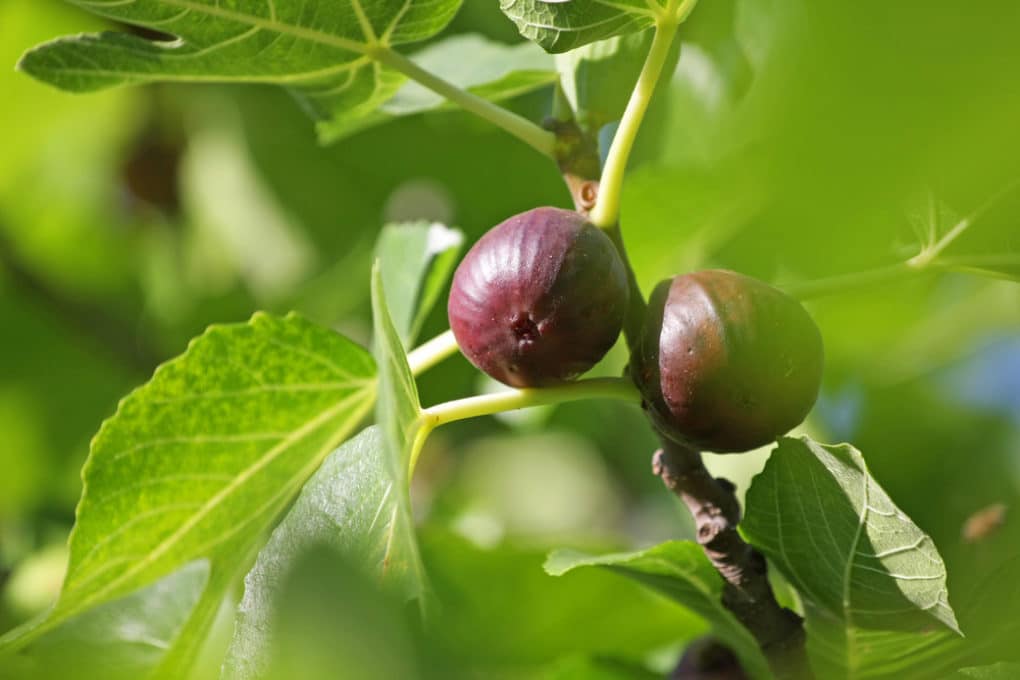The Art of Fig Selection
Choosing ripe figs is crucial for optimal flavor and texture. Figs that are picked too early or too late can lack the sweetness and lusciousness that makes them a delicacy. To fully appreciate the unique taste and aroma of figs, it’s essential to know how to tell when figs are ripe. This article will guide you through the process of selecting ripe figs, ensuring that you get to savor the perfect flavor and texture. By the end of this article, you’ll be equipped with the knowledge and confidence to make the perfect pick, every time.
Visual Cues: What to Look for in a Ripe Fig
When it comes to identifying ripe figs, visual cues can be a reliable indicator. Ripe figs typically have a few distinct physical characteristics that set them apart from unripe or overripe fruit. One of the most noticeable signs of ripeness is a deep brown or purple color, depending on the variety. The skin may also be slightly soft to the touch and have a few small cracks or wrinkles. The stem should be dry and brittle, indicating that the fig has fully matured. When inspecting figs for ripeness, gently turn them over and check the underside for any signs of mold or mildew. By paying attention to these visual cues, you can increase your chances of selecting ripe figs and enjoying their sweet, luscious flavor.
The Sweet Smell of Success: How to Identify Ripe Figs by Scent
Ripe figs emit a sweet, fruity aroma that is unmistakable and irresistible. This sweet scent is a reliable indicator of ripeness, and can be a valuable tool in determining how to tell when figs are ripe. When figs are ripe, they release a fragrance that is both sweet and slightly tangy, similar to honey and tropical fruit. This aroma is a result of the fig’s natural ripening process, and is a sign that the fruit is ready to be eaten. To use scent as a guide, gently bring the fig to your nose and take a sniff. If the fig is ripe, you should be greeted with a sweet, fruity aroma. If the fig lacks a strong scent, or smells sour or unpleasant, it may not be ripe yet. By paying attention to the scent of figs, you can increase your chances of selecting ripe, delicious fruit.
The Gentle Squeeze: A Tactile Approach to Fig Ripeness
In addition to visual and olfactory cues, a gentle squeeze can be a reliable way to determine how to tell when figs are ripe. Ripe figs will yield to pressure, but still feel slightly firm to the touch. This is because the fruit has reached its optimal level of ripeness, and is ready to be eaten. To perform the gentle squeeze, hold the fig in the palm of your hand and gently press the skin with your thumb or fingers. If the fig is ripe, it should give slightly, but still feel slightly springy. If the fig is too soft or mushy, it may be overripe. On the other hand, if the fig is too hard or unyielding, it may not be ripe yet. By combining the gentle squeeze with visual and olfactory cues, you can increase your chances of selecting ripe, delicious figs.
Seasonal Variations: How Climate and Region Affect Fig Ripeness
Figs are a seasonal fruit, and their ripening process can be affected by factors such as climate, region, and variety. Understanding these seasonal variations is crucial in knowing how to tell when figs are ripe. In warmer climates, figs tend to ripen more quickly, while in cooler climates, the ripening process may be slower. Additionally, different varieties of figs have unique ripening patterns, with some ripening earlier or later than others. For example, Brown Turkey figs tend to ripen in late summer, while Black Jack figs ripen in early fall. By taking into account the specific climate, region, and variety of fig, you can adjust your expectations and select figs that are at their peak ripeness. This knowledge can also help you plan your fig purchases and ensure that you’re getting the freshest, most flavorful fruit possible.
Common Mistakes to Avoid When Selecting Figs
When it comes to selecting figs, there are several common mistakes that can lead to disappointment. One of the most frequent errors is selecting unripe figs, which can be hard and tasteless. On the other hand, overripe figs can be too soft and mushy, losing their sweet flavor and texture. To avoid these mistakes, it’s essential to know how to tell when figs are ripe. Another common mistake is not inspecting the figs carefully, overlooking signs of spoilage or damage. By being aware of these common pitfalls, you can make informed choices and enjoy the sweet, luscious flavor of ripe figs. Additionally, being mindful of the seasonal variations and regional differences in fig ripening can also help you avoid mistakes and make the most of your fig selection.
How to Store Figs to Preserve Ripeness
Once you’ve selected ripe figs, it’s essential to store them properly to maintain their flavor, texture, and aroma. To keep figs fresh, store them in a cool, dry place, away from direct sunlight and heat sources. Refrigeration is an excellent way to prolong the shelf life of figs, as it slows down the ripening process. Store figs in a breathable container or wrap them in plastic wrap to maintain humidity. For longer-term storage, freezing is a great option. Simply wash, dry, and package the figs in an airtight container or freezer bag. When you’re ready to enjoy them, simply thaw the figs at room temperature or in the refrigerator. Proper handling is also crucial, as figs are delicate and can be easily bruised. Handle them gently, and avoid stacking them on top of each other to prevent damage. By following these storage tips, you can enjoy your ripe figs for a longer period and make the most of their sweet, luscious flavor.
Enjoying Your Fresh Figs: Tips for Preparation and Consumption
Now that you’ve mastered the art of selecting and storing ripe figs, it’s time to enjoy them Fresh figs are a delicious and versatile ingredient that can be used in a variety of dishes, from sweet treats to savory meals. One of the simplest ways to enjoy figs is as a fresh snack, paired with cheese, nuts, or crackers. You can also add them to salads, yogurt, or oatmeal for a burst of sweetness and flavor. For a more indulgent treat, try using figs in baked goods, such as cakes, muffins, or cookies. Figs also pair well with cured meats, like prosciutto or bacon, and can be used to add sweetness to savory dishes, like stews or braises. When it comes to preparing figs, remember to wash them gently and pat them dry to remove excess moisture. You can also poach or grill figs to bring out their natural sweetness. By following these tips, you’ll be able to unlock the full flavor and texture of your ripe figs and enjoy them in a variety of delicious ways. Remember, the key to enjoying figs is to know how to tell when figs are ripe, so be sure to put your newfound knowledge to the test!


